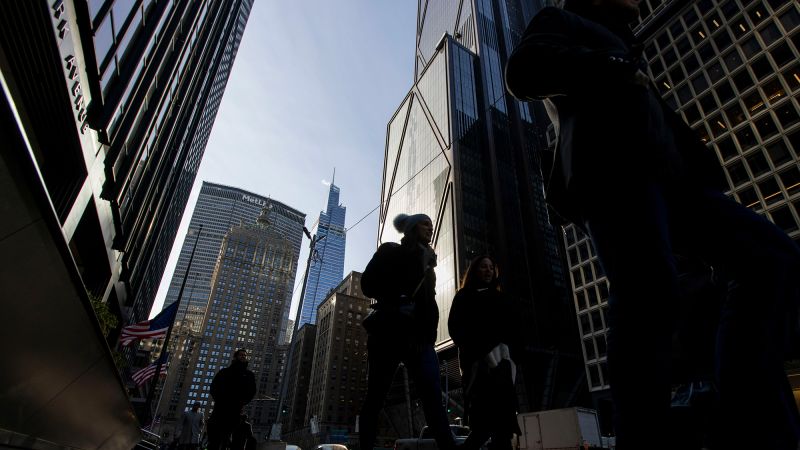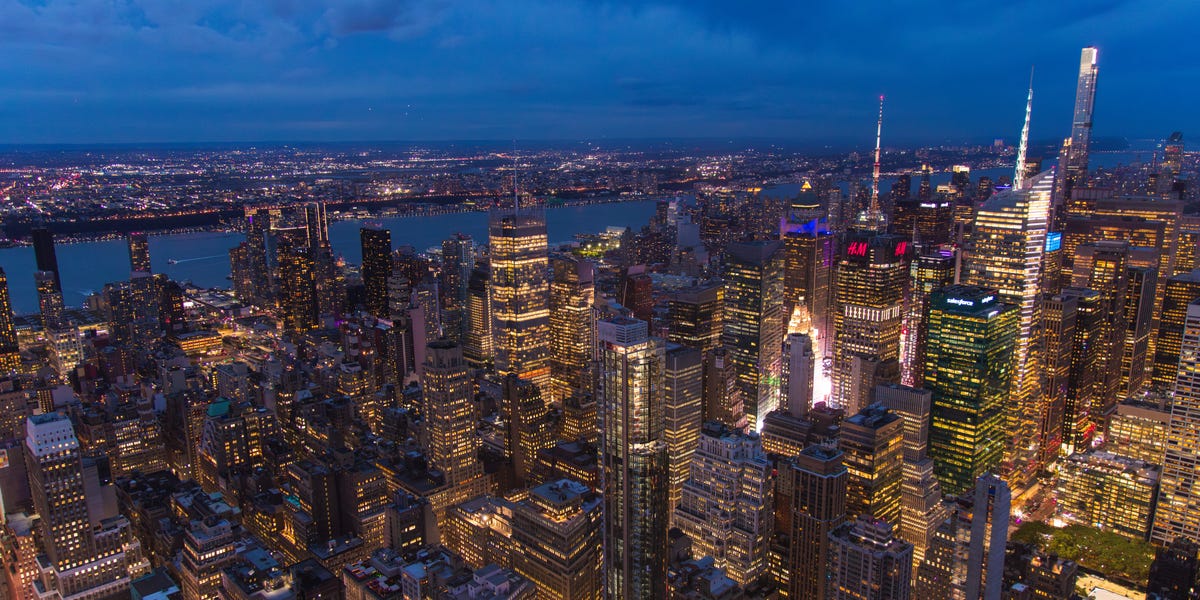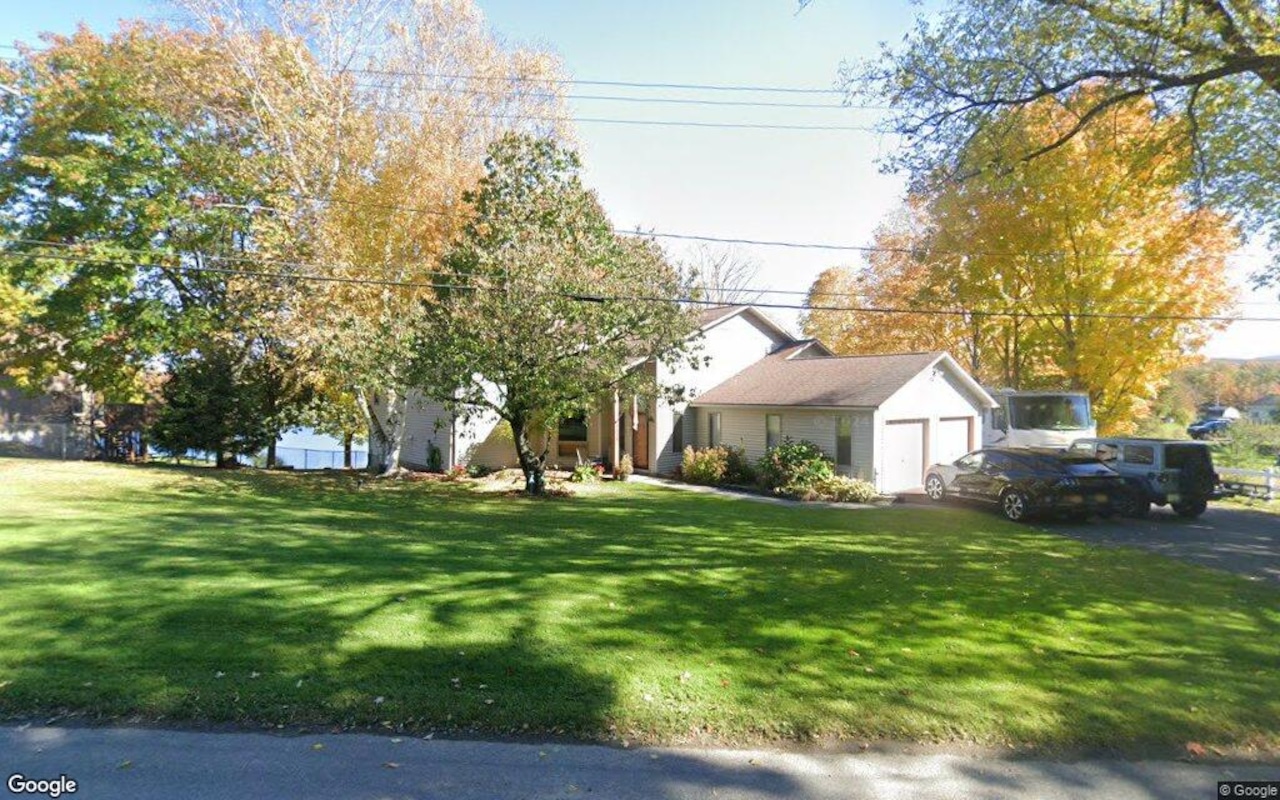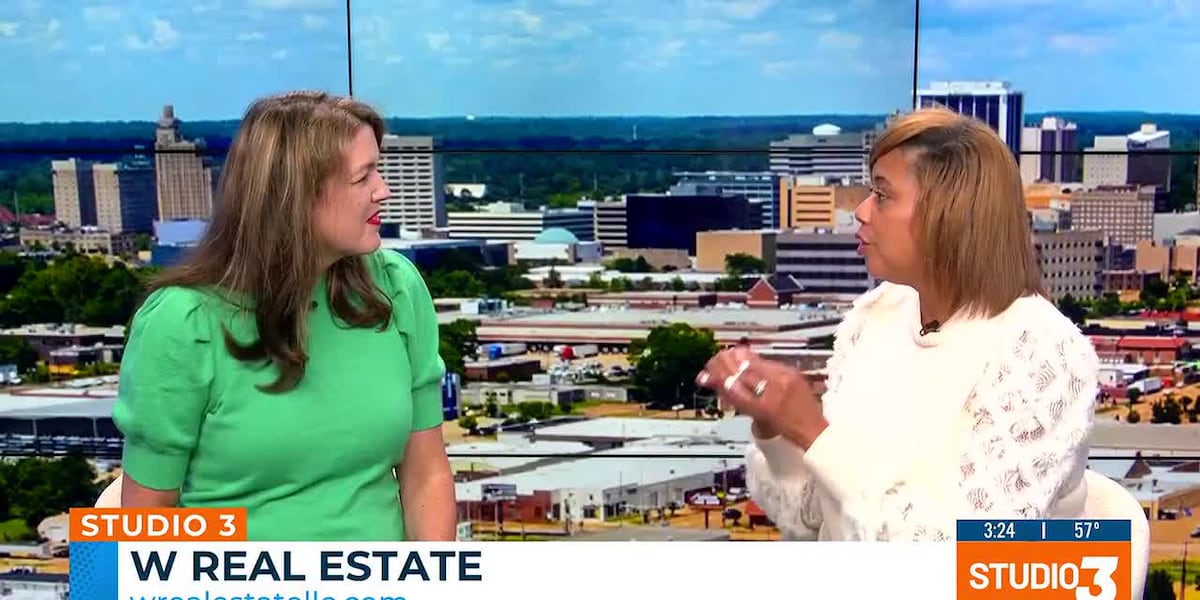T
he remote work era is coming to a close for many companies, with major corporations like JPMorgan Chase and Amazon requiring employees to return to the office five days a week. The federal government is also cracking down on remote work, with thousands of employees being told to return to in-person duties or face resignation.
This shift has sparked a rebound in the commercial property market, with demand for office space rising by nearly 40% between 2022 and 2024, according to VTS. National office demand is expected to reach pre-pandemic levels within four years, driven by companies seeking high-end offices with amenities like fitness centers and food courts.
However, not all office spaces are created equal. Class B and C buildings, often found in less desirable neighborhoods, continue to struggle, with some selling for significantly lower prices than their original value. For instance, the former Ameriprise Financial Center in downtown Minneapolis was sold for $6.25 million last month, a 97% price cut from its 2016 sale price of $200 million.
The federal government's real estate footprint is also set to shrink, with the Department of Government Efficiency aiming to reduce office space by significantly reducing leases and potentially flooding the market with older buildings. This could put pressure on the office market in Washington D.C., where Easterly Government Properties CEO Darrell Crate predicts an increase in supply over the next five years.
While most US cities have avoided the "urban doom loop" predicted by some economists, roughly a fifth of all office space remains vacant. However, New York City is experiencing a strong recovery, with office demand nearly at pre-pandemic levels and rents for premium office space reaching all-time highs.















